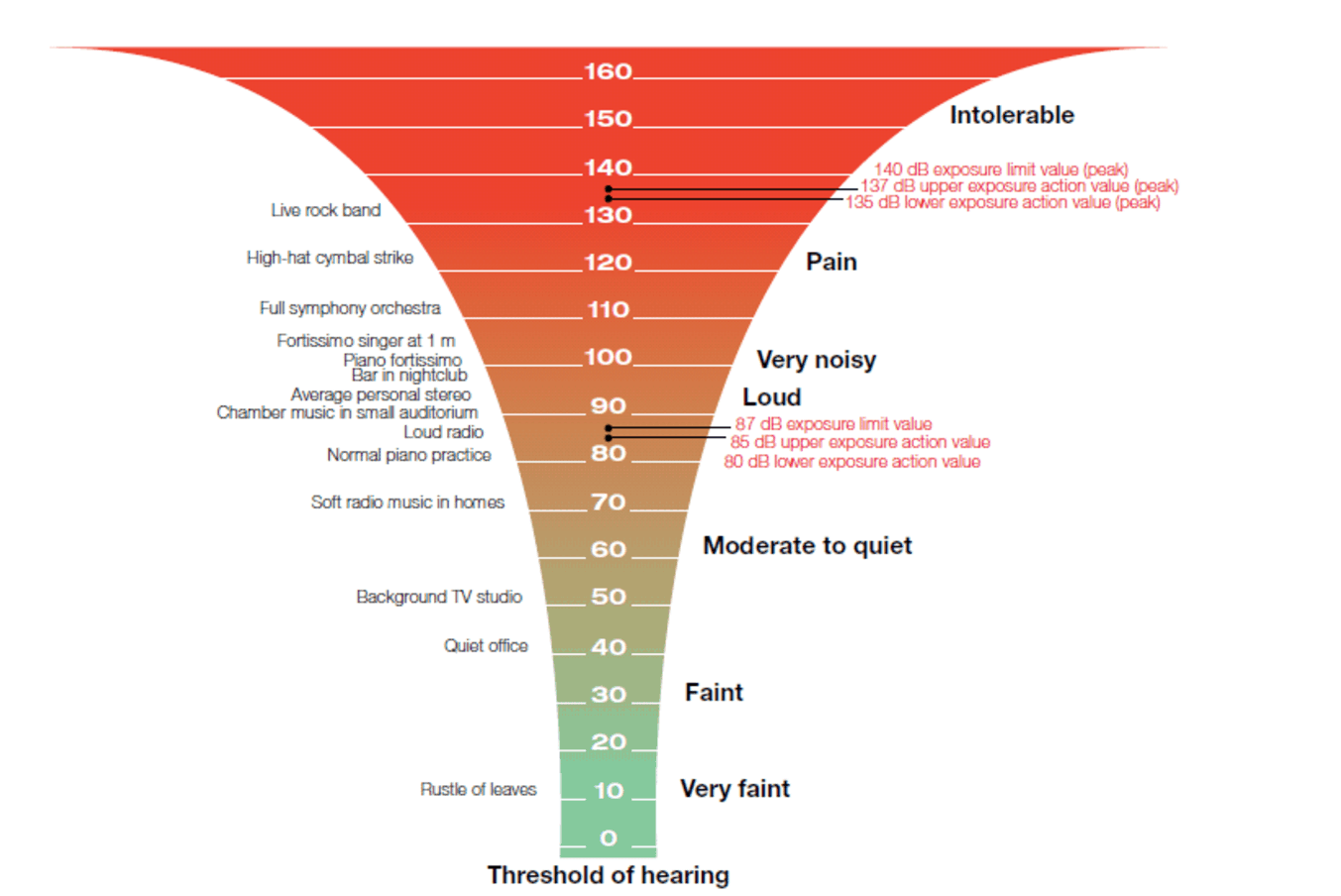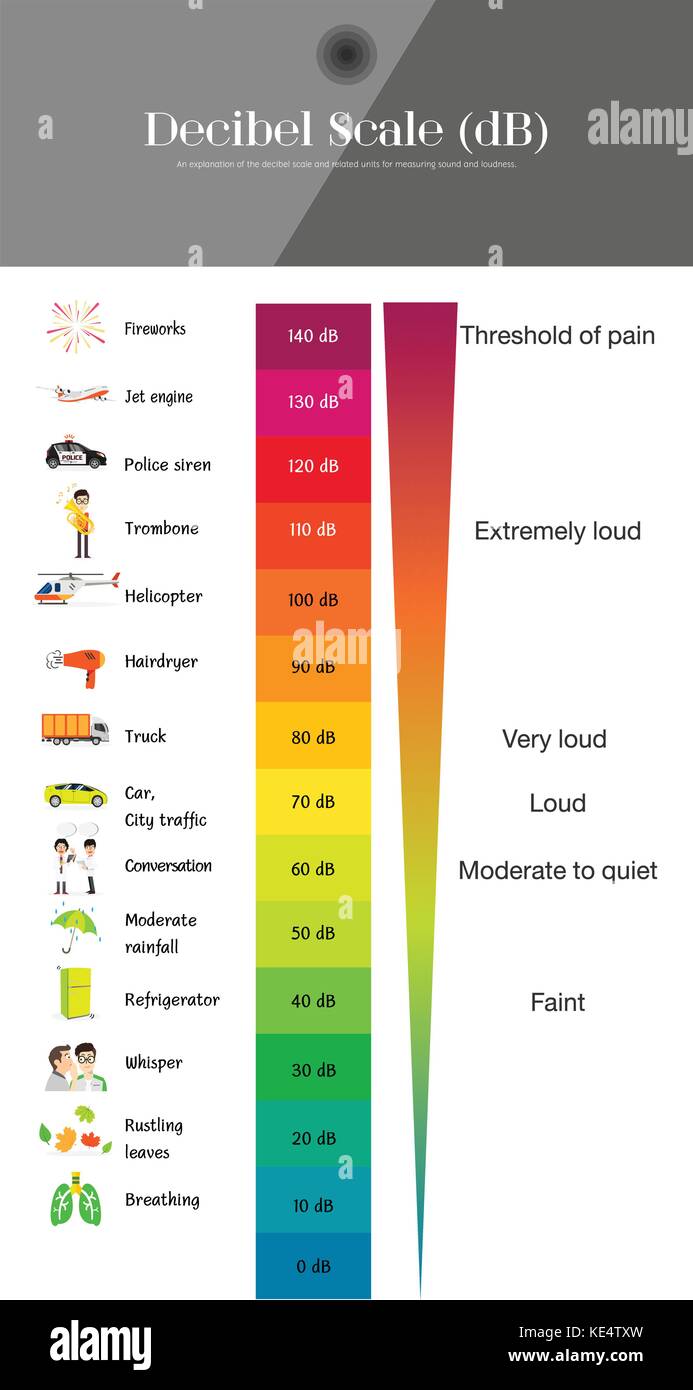

This is very useful for the purposes of audio measurements, and here’s an example of how: Notice how the line isn’t straight-it bends severely at first, then evens out as the values get higher.

To help us understand the difference, let’s take a look at linear growth on a graph. The decibel employs a logarithmic scale, not a linear one. There are three fundamental things that you must understand about the decibel. Whoah-did you understand that? If not, let’s make it clearer! Unpacking the decibel The intensity of a sound in decibels can be expressed as the following formula, in which S1 and S2 are the intensity of the sound and a reference intensity respectively: So, what is a decibel anyway?Ī decibel is a unit that expresses the ratio between one value and a second previously-determined value-where the value in question is electrical, acoustical, or digitally-sonic in nature, and the scale of the measurement is logarithmic. It was decided that the decibel (a smaller unit) would be used instead. I’ll leave you with this: When all was sussed out, the Bel was determined too large to be workable. To answer this in a complete manner would bore you to tears-it involves competitive measurements vying for supremacy, and mathematical terms such as “ Naperian Logarithms.” Not so fun, eh? Capitalism strikes again!īut hold the phone: we use the decibel, not the Bel. You’ll note the word “Bel” has been shorn of exactly one “L.” This was probably done to keep the company name from being used without their consent. Thus, the “Bel” was born, named in honor of Alexander Graham Bell, the pioneer of the telephone. Things cleared up around 1928, when a conference called the CCIF ultimately decided upon standardizing the TU. There was no standardization-companies and countries had their own systems of measurement, making comparisons exceedingly complicated. In fact, “miles of standard cable”-MSC-was probably the first measurement, giving way to Bell Lab’s Transmission Unit-TU-in 1924.Ĭapitalism being capitalism, a number of measurements were put forth by competitive entities. They needed a measurement, one to define the amount of signal lost over, say, a mile of standard cable. To fix the situation, engineers needed a method of quantifying this loss in the first place. Engineers immediately saw that early phone calls lost signal strength over distance: signals grew fainter the further they had to travel. The decibel’s history is found in communications-particularly, the cables that carried phone calls. The Telegraph? Both the British Royal Navy and the Emperor of Russia were involved in the earliest, practicable designs.

The radio? Same deal: it transmitted messages to soldiers without the need of telegraph lines. The compressor? Originally, it was used to ensure no radio orders to troops would be inaudible. So let’s dive into the decibel, starting with its history: The history of the decibelįun fact: you can generally assume that your favorite piece of audio technology was invented for the purposes of the military, communications, or communications for the military. In this article, we’ll cover the history of the decibel, what it is, and how it applies to audio engineers and producers. “Bring up that vocal a dB or so.” If we notch out a frequency, we talk about that cut in terms of decibels: a 2 dB cut at 650 Hz, for example.īut have you ever stopped to think about where the decibel came from, why the decibel is used, and what a decibel even is?įamiliarizing yourself with the decibel is useful, as it’s omnipresent in our business. So much of what we do is quantified in decibels-e.g.


 0 kommentar(er)
0 kommentar(er)
